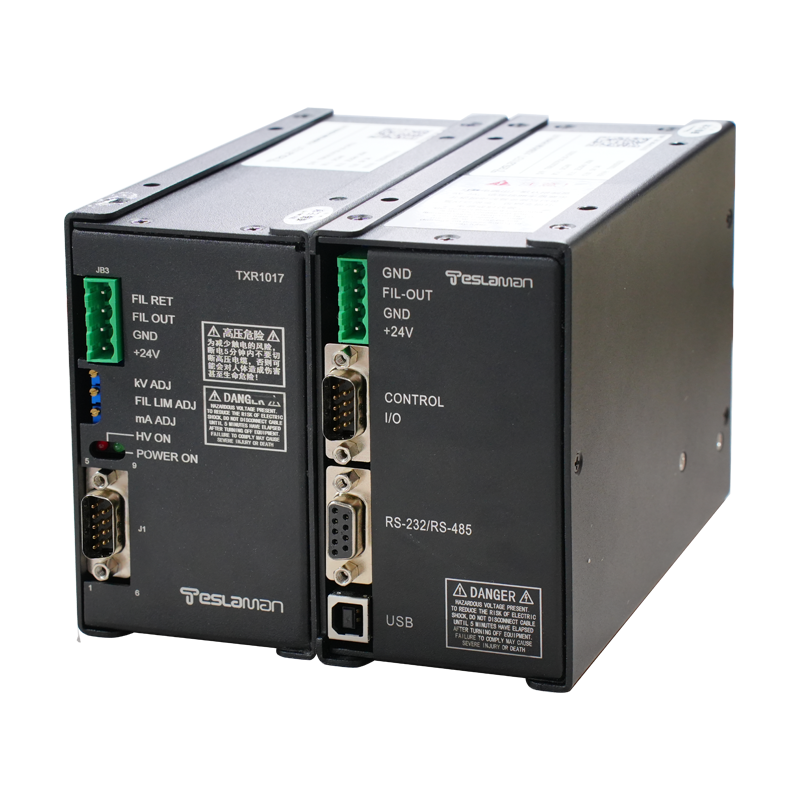The Key Role and Technical Requirements of High Voltage Generators in Electromagnetic Radiation Experiments
With the advancement of technology, electromagnetic radiation experiments have been widely applied in various fields, such as communications, medical, military, etc. In these experiments, high voltage generators, as one of the core devices, directly affect the accuracy and reliability of experimental results with their performance. This article will explore the key role and technical requirements of high voltage generators in electromagnetic radiation experiments from a professional perspective.
I. The Key Role of High Voltage Generators
High voltage generators are devices that generate high voltage, capable of converting low-voltage electrical energy into high-voltage electrical energy to provide the necessary excitation source for electromagnetic radiation experiments. In electromagnetic radiation experiments, the role of high voltage generators is mainly reflected in the following aspects:
1. Generate high voltage: Provide the required high voltage for the electromagnetic radiation source to generate sufficient electromagnetic radiation energy.
2. Regulate output voltage: According to experimental needs, high voltage generators should be able to adjust the magnitude of the output voltage to achieve control over the intensity of electromagnetic radiation.
3. Stability and reliability: High voltage generators need to have good stability and reliability to ensure the stability of output voltage during long-term experiments and avoid experiment interruption or result distortion due to equipment failure.
II. Technical Requirements Analysis
To meet the needs of electromagnetic radiation experiments, high voltage generators should have the following technical characteristics:
1. High precision output: High voltage generators should be able to accurately control the magnitude of the output voltage to meet the requirements for precise control of electromagnetic radiation intensity in experiments. This requires high voltage generators to have high-precision voltage control algorithms and stable control systems.
2. High power output: With the increasing demand for electromagnetic radiation experiments, high voltage generators need to have enough power output capacity to meet the needs of high-power electromagnetic radiation sources.
3. Safety protection function: High voltage generators should have comprehensive safety protection functions, such as overload protection, short circuit protection, etc., to ensure the safety of experimental processes. In addition, high voltage generators should also have fault self-diagnosis and alarm functions to take timely measures in case of failure.
4. Easy operation and maintenance: In order to improve experimental efficiency, high voltage generators should be designed to be easy to operate and maintain. This includes intuitive operating interfaces, simple maintenance procedures, and troubleshooting guides, etc.
5. Environmental adaptability: Electromagnetic radiation experiments may need to be conducted under different environmental conditions, so high voltage generators should have good environmental adaptability, such as temperature resistance, humidity resistance, dust resistance, etc.
6. Modular design: In order to improve the scalability and maintainability of the equipment, high voltage generators should adopt modular design. Modular design not only makes the equipment more convenient for maintenance or upgrade when needed, but also reduces the maintenance cost of the equipment.
III. Conclusion
In summary, high voltage generators play a key role in electromagnetic radiation experiments, and their technical requirements include high precision output, high power output, safety protection function, easy operation and maintenance, environmental adaptability, and modular design, etc. With the continuous development of technology, high voltage generators will play an even more important role in electromagnetic radiation experiments in the future, providing strong support for research and applications in related fields.




















